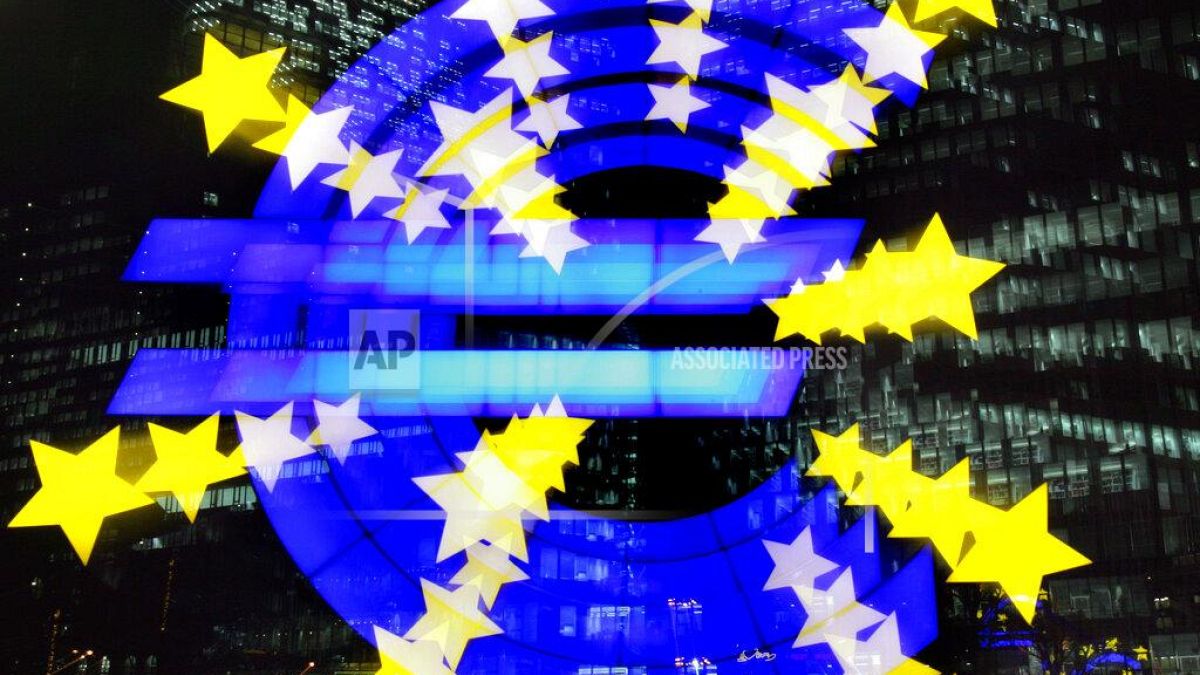Central banks worldwide are now looking into digital currencies, according to a new study from a US think tank.
Central banks in 134 countries are now looking into digital currencies, according to updated research.
Data from the US-based think tank Atlantic Council found that 66 of these countries are in the “advanced phase of exploration,” where a central digital currency is either in development, pilot, or launched.
A central bank digital currency (CBDC) is a digital form of a country’s fiat currency distributed by that country’s national bank, according to a definition from the Atlantic Council.
Instead of printing money, central banks would issue electronic coins or accounts that are “backed by the full faith and credit of the government,” the report said.
It’s different from other online currencies, like crypto, because it’s backed by the national bank.
“As money and payments have become more digital, the world’s central banks have realised that they need to provide a public option—or let the future of money pass them by,” the study says.
Interest in digital currencies has more than tripled since May 2020, when only 35 countries explored them, the research shows.
There are three countries where a digital currency has been launched: the Bahamas, Jamaica, and Nigeria. All three are working on expanding the reach of these currencies within their borders.
What are the implications of a digital currency in the EU?
The European Central Bank (ECB) launched the digital euro project in July 2021, to build a currency that is available to everyone in the euro area.
The digital euro would “complement cash,” by giving customers a free, universally accepted option for how they would like to pay for goods and services. It’s another way of paying with the euro and could be converted into banknotes if needed.
The digital euro will also “reduce [the EU’s] dependence on the large, non-European private payment providers that currently dominate the landscape,” the central bank said in its June progressreport.
There are also advantages to sellers, the central bank says, because customers will be familiar with the payment system, and therefore more likely to buy their products.
But, if someone still wants to pay in cash, they can.
“Cash remains important: it is still the preferred means of making small in-store payments and person-to-person transactions,” a blog post from the central bankreads.
“Most people in the euro area want to keep the option to pay with banknotes and coins”.
The project is currently in a “preparation phase,” where the central bank is finalising a set of rules to regulate payments made with the digital currency and figuring out a possible rollout plan.
So far, the ECB has developed a way to offer users a “cash-like” level of privacy with their transactions, by protecting their data from being shared with the vendor when they are making a purchase.
The central bank is also researching how to avoid fraud and cyber-attacks, the progress report continued.
If they decide to launch it, the ECB said users would set up a digital euro wallet through a bank or post office. Then, users can start using the wallet once they’ve deposited money into it.
The actual decision on whether the central bank wants to put in place a digital euro will come later by October 2025.

